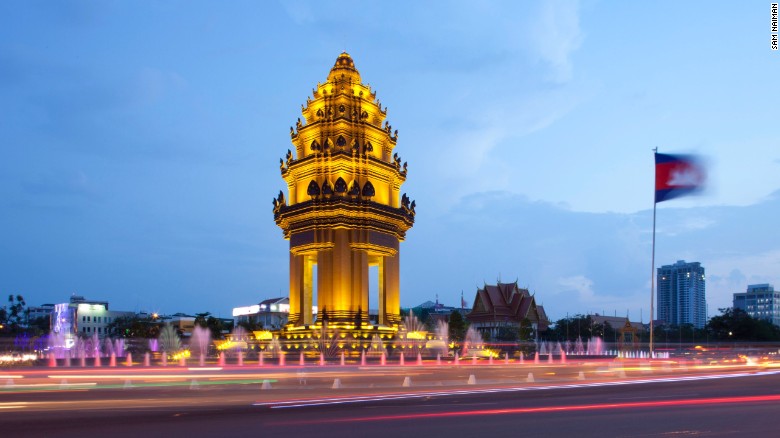 |
| Click to read descriptions |
Why these extraordinary Cambodian buildings need to be saved
CNN | 2 May 2017
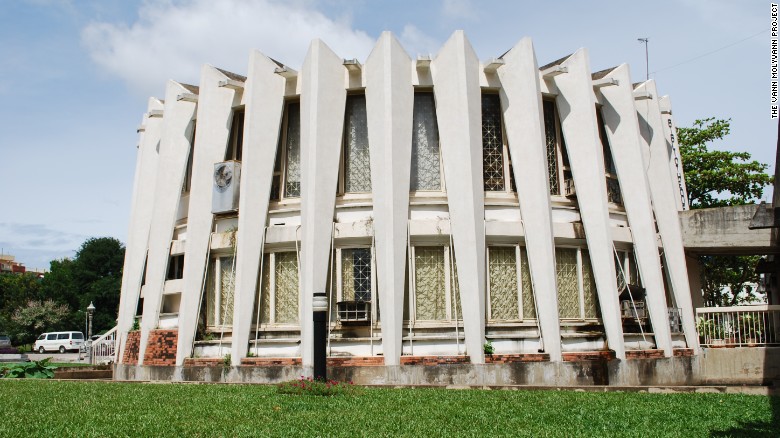

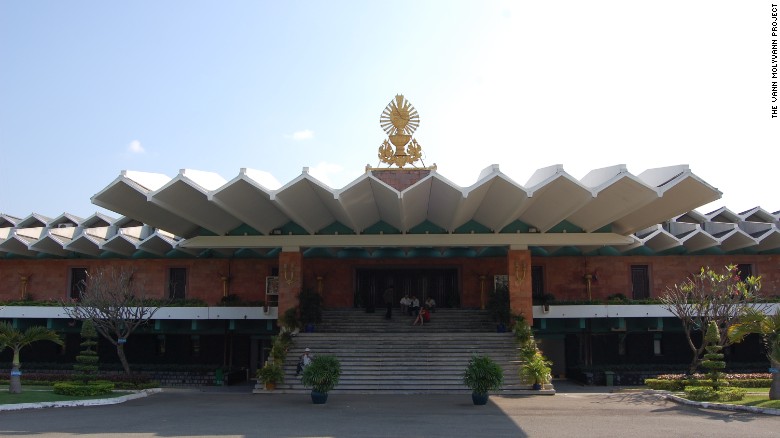
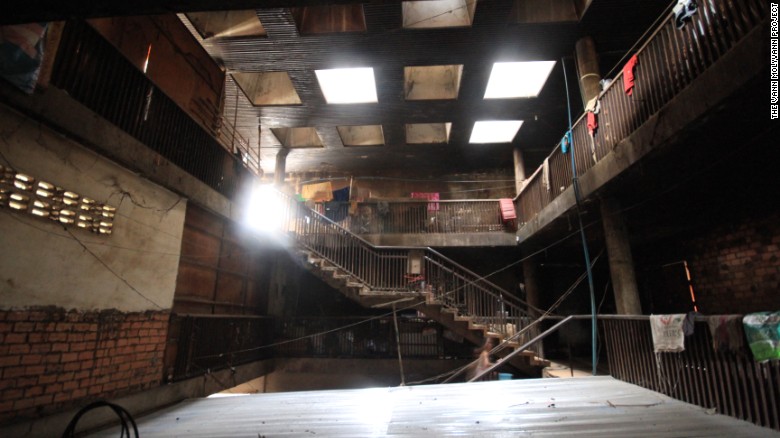
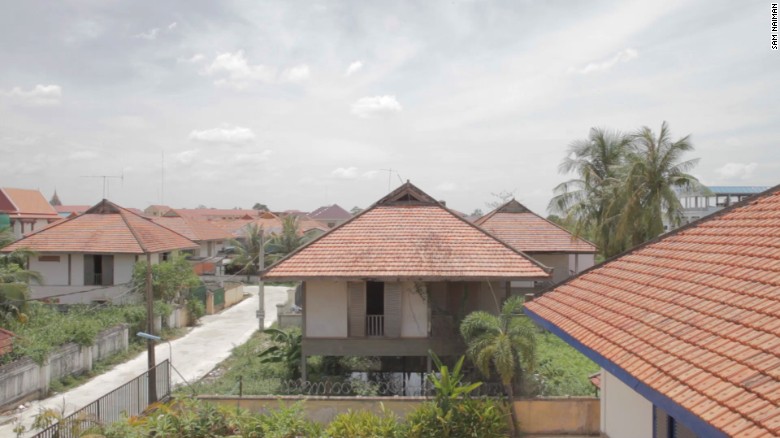
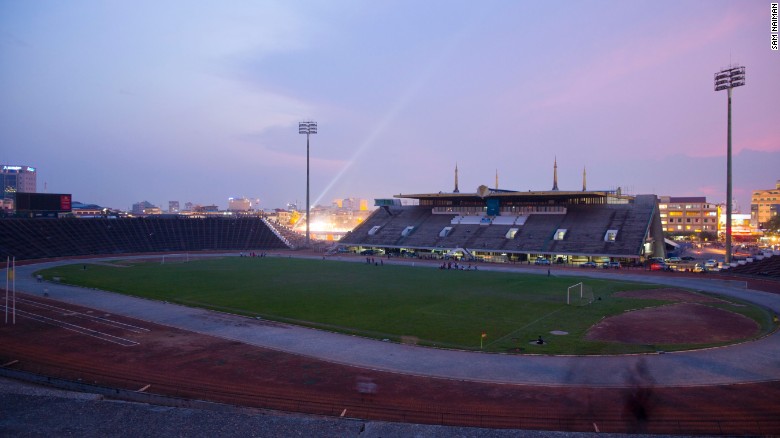
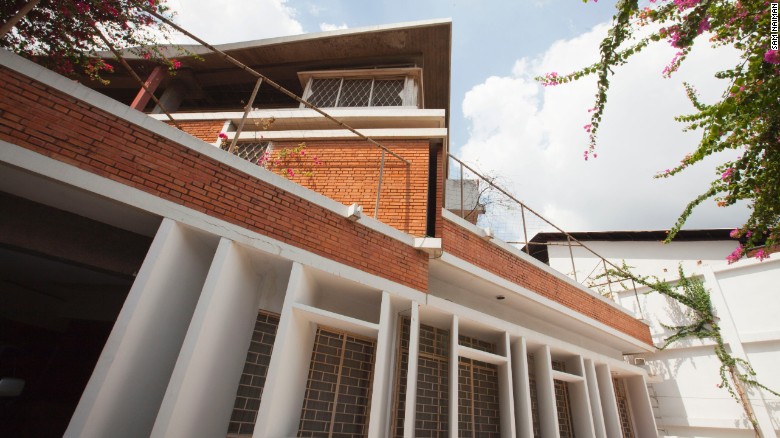
The Independence Monument in Cambodia is a striking sight.
Unveiled in 1958 to celebrate the end of French colonial rule five years before, it stands in the heart of capital Phnom Penh and is one of the most famous structures in the country.
But it's significant in more ways than one.
The landmark was built by Cambodian architect Vann Molyvann, who from 1956 to 1972 pioneered the New Khmer Architecture movement before the Khmer Rouge took control of the country in 1975.
During Pol Pot's brutal regime, which oversaw the Cambodian genocide between 1975 and 1979, much of the country was destroyed, but many of Molyvann's buildings survived (although some inevitably perished).
"When we moved to Cambodia in 2003, people told us about the amazing modernist architecture from the 1960s and 70s," UK-based architect Geoff Pyle, who for 11 years worked in the country where he also founded Khmer Architecture Tours (KA Tours) before relocating to London, tells CNN.
"Architects there already appreciated it, knew about Vann Molyvann and the other architects of the period."
A project is now underway to ensure that Molyvann's work is remembered for generations.
Angkorian inspiration
Inspired by ancient designs of the Angkorian period (9th to 15th centuries), New Khmer architects were visionary in their use of modern construction materials while paying homage to Cambodian heritage.
For example, many of these modern buildings use supporting stilts -- a traditional construction form often seen in rural Cambodia to prevent flood damage.
The structures also have an emphasis on natural airflow, accommodating Cambodia's year-round tropical climate and decreasing the need for air conditioning units.
The occasional nod to French colonial architecture and modernist approaches popular in Japan and the then-Soviet Union at the time were also not uncommon.
Molyvann spearheaded the movement and other notable architects followed, such as Lu Ban Hap, who built Villa Romonea (1968) in "Cambodia's Riviera" Kep, and the iconic Hotel Cambodiana (1969) in Phnom Penh. Both are resorts today.
After winning a scholarship to study in Paris, Molyvann was appointed as the state architect by the King of Cambodia in the 1950s, and built about 100 structures before fleeing to Switzerland after the Khmer Rouge came into power.
His surviving buildings in Phnom Penh alone includes the striking triangular auditorium and theater Chaktomuk Hall (1961) and the futuristic Institute of Foreign Languages (IFL), formerly the Teacher Training College (1972).
"(New Khmer Architecture) is both unique and of a very high quality," Pyle says. "The approach to architecture at the time was very creative and bold.
"It was part of a forward-looking period in Cambodia's history, post-independence and pre-war when national confidence was high and other countries in the region looked to Cambodia as an example."
The style integrated ideas in modern architecture, he says, with a "deep knowledge" of what it was like to be Cambodian.
Saving the buildings
Preserving buildings so unique in design and rich in history should have been a no-brainer.
Yet in 2008, the Preah Suramarit National Theater and imposing Council of Ministers -- two of Molyvann's designs -- were demolished.
The land where the National Theater stood was sold to Cambodian tycoon Kith Meng, while the Council of Ministers -- which housed government offices -- was acquired by a Chinese developer seeking to build a high-rise complex.
"It was clear that in the rush to growth and development, the architectural value of these buildings -- some of which should be considered masterpieces -- was not recognized by developers or the authorities," Pyle tells CNN.
Between 1995 and 2015, Cambodia's GDP grew from $3.4 billion to $18 billion, according to the World Bank.
Major rural-urban migration within the country played its part. As of 2008, 47% of migrants living in Phnom Penh had made their move there within the last five years, according to the latest census.
Many cities around the world tear down historic structures as a way of solving urban issues -- i.e. freeing up central space to build high-rise housing solutions -- but "look back and regret the beautiful buildings which were lost but could easily have been saved", Pyle adds.
"Once buildings are demolished, that is it -- you can never have them back."
Reflections of culture
During Cambodia's civil war, all official records on New Khmer Architecture buildings were lost -- today, there is no way of knowing how many buildings have been lost or exactly how many remain.
That's something the Vann Molyvann Project is trying to change.
Founded in 2009 by Canadian architect Bill Greaves, the Vann Molyvann Project aims to preserve these buildings and spread awareness of the architectural style. Local architect Pen Sereypagna came on as director since January, collaborating with a team of researchers at schools around the world.
"Because there's a lack of urban heritage protection regulation and proper planning, many heritage buildings have been demolished -- (that includes) New Khmer Architecture," Sereypagna tells CNN.
"We carry out documentation of the buildings, take measurements, then make a record of them," he adds.
"This way, if a building comes down, at least we'll have the drawings to show to the next generation."
Sereypagna says to date the team has completed surveying of 16 Molyvann projects, some of which are a complex of multiple buildings.
But it has proven difficult for the Vann Molyvann Project team to estimate how many buildings are left exactly to survey, and how many have been lost.
While Molyvann himself is now back in Cambodia -- initially living in the house he built in 1966 in Phnom Penh (now recorded by the team), but now residing in Siem Reap with his family -- at 90 years old he "doesn't have a strong memory of his works".
"Besides those of us involved (with the project), no one else has kept (comprehensive) records," Sereypagna tells CNN.
"We've done surveying, architectural drawings," he says. "Some we haven't surveyed because we weren't able to get permission -- but we documented them through photography and in terms of their histories."
Sereypagna says that this type of architecture -- from a post-independence, pre-war moment when Cambodia was full of confidence and hope -- is of national significance.
"Architecture is important (when it comes to) identity -- you can look at a building and say: 'That is Cambodian; that is Thai; that is Vietnamese'."
The future
So what is the future of New Khmer Architecture?
The project hosts regular workshops, lectures and exhibitions, to educate the public on the nature of this style of Cambodian architecture.
Sereypagna says he wants to use Molyvann's achievements to inspire the next generation of Cambodian buildings.
"Every time I hold a lecture or workshop on New Khmer Architecture, a lot of young Cambodians come along. They're curious and want to know more about the buildings," he tells CNN.
Sereypagna believes the project is something all Cambodians should care about.
"New Khmer Architecture has high educational and historic value," he says. "If you destroy the buildings, you're destroying history because the architecture from the 60s characterizes that period."


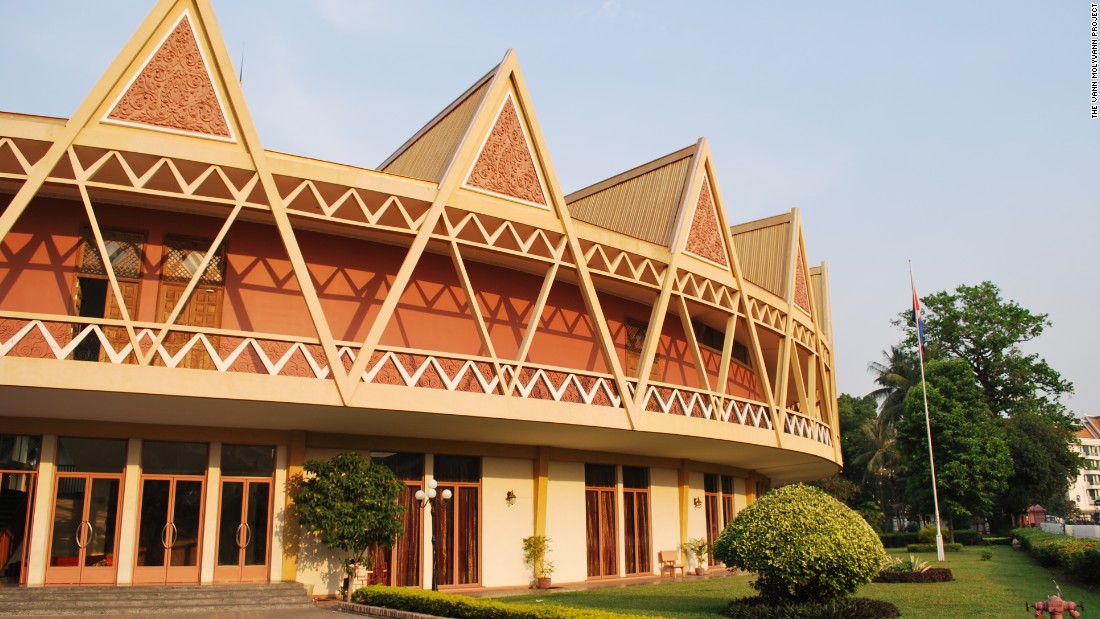
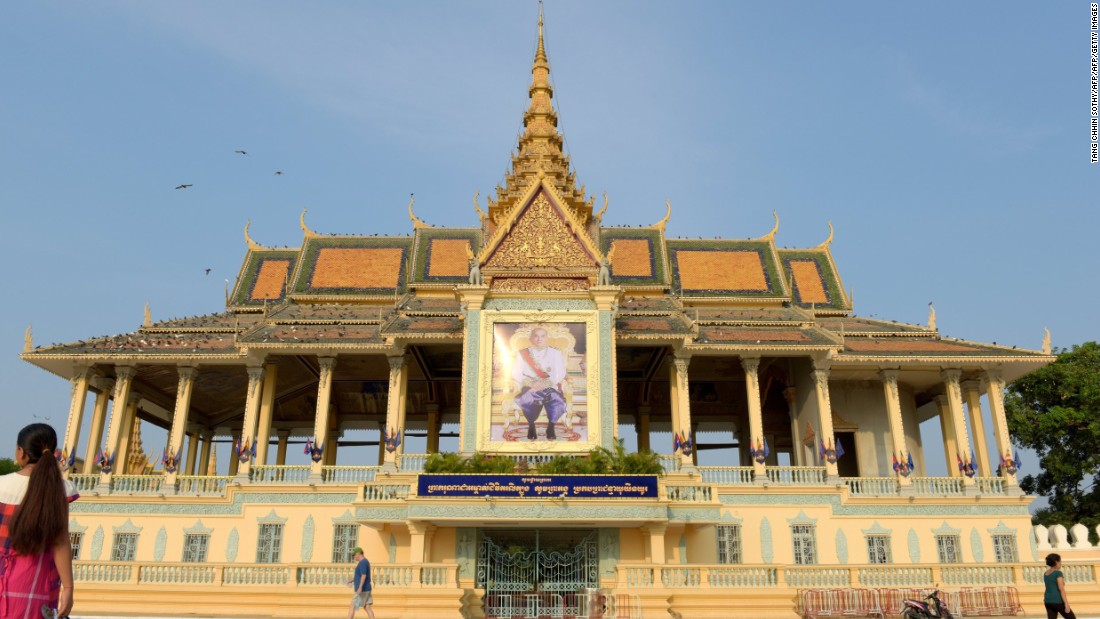
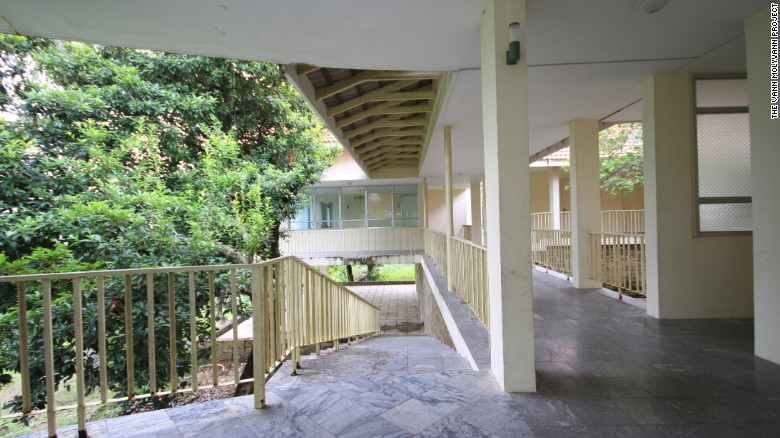
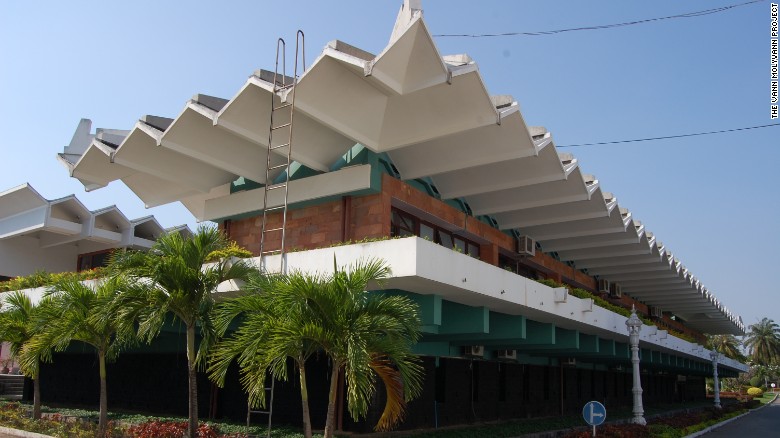

No comments:
Post a Comment